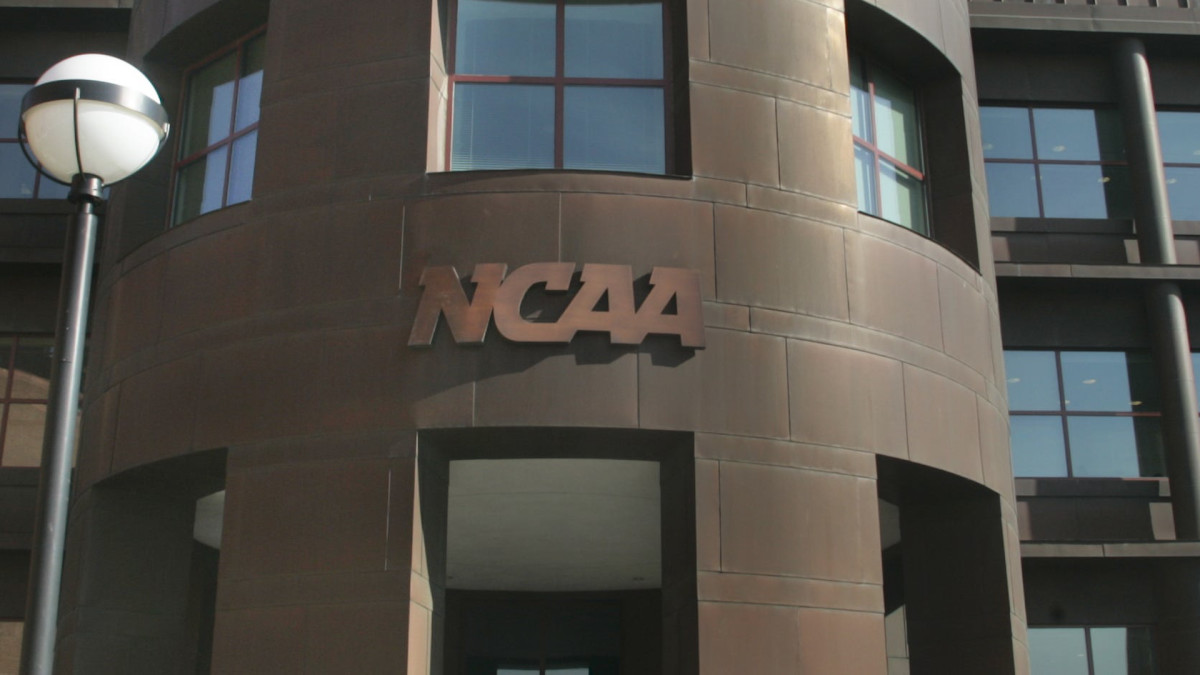Inflated Rosters, Financial Burdens and 'Tough Conversations': Ramifications of an Extra Year of Eligibility
Over the last three decades, Bear Bryant’s secrets to success during a six-championship run at Alabama have gone quite public.
For one, he switched to the Wishbone about halfway through his tenure. Secondly, he put his players through a grinding practice regimen that crafted them into football-playing machines (heard of the Junction Boys?).
But there is another ingredient in that winning formula of his: The Bear signed as many good players as he could even if he didn’t need them, just to keep them from joining his rivals. His philosophy: Why play against them? In fact in the 1960s, Bobby Dodd and Georgia Tech famously bolted the SEC in protest over Bryant signing as many as 45 players each year for a squad total that often approached 150.
Nearly 30 years after the Bear’s final season with the Crimson Tide, scholarship roster sizes in college football are heading back into the triple digits for the first time since the late 1970s, when the NCAA decreased the football roster limit from 105 to 95 and then, finally, to its present 85 in 1992.

The NCAA Division I Council on Wednesday approved a proposal to grant all fall athletes an extra year of eligibility, no matter if they play a 2020–21 season or not. Final approval is expected to come Friday during a meeting among the Division I Board of Directors.
So, all athletes playing football, soccer, volleyball and cross country have a fifth and, in some cases, a sixth year of eligibility. The seniors on those squads will not count against those teams’ roster limits. For instance, if 20 scholarship-earning seniors on a football team decided to return for the 2021 season, that program’s roster could conceivable, barring attrition, be at 105 players.
Lump in the 35 walk-ons FBS programs are allowed and rosters in some places could soar well above 140, if the NCAA doesn’t decrease the walk-on allotment.
“It’s like the days of Tom Osborne and Bear Bryant,” says one athletic director.
And you thought the 70s were dead.
While the NCAA’s ruling is a giant positive—in a COVID-impacted world, all athletes deserve a do-over—there are negative ramifications. More players on a roster means more money, and in a time of financial stress—some universities are projecting losses in the tens of millions—affordability is in question. Can schools that are already slashing staff, salaries and sports really be expected to fund 10–30 additional scholarships? Scholarship value ranges greatly by school. Some are $30,000 a pop. Others are $80,000. That doesn’t include the other necessities: equipment, travel, meal plans, plus medical and training. Contrary to a recent narrative across America, athletic departments do spend millions on their athletes (they make millions, too, of course).
“Will all universities be able to afford it?” asks AFCA executive director Todd Berry, who sits on the NCAA Football Oversight Committee. “Probably not.”
And that means the gulf between the haves (Power 5) and the have-nots (Group of Five) is bound to grow even wider than it already is. The schools with the most money and most motivation to win on a football field (ahem, SEC) could very well have scholarship rosters in the triple digits. At the powerhouse programs, though, senior classes are quite tiny, sometimes as small as 12 members. Not all of those will return for a fifth or sixth year, especially those of NFL caliber.
The NCAA Division I Council’s decision isn’t all that surprising. It set a precedent by granting similar freedoms to spring athletes who had their seasons canceled because of the original COVID-19 outbreak in March. There were even some Power 5 programs that didn’t fund the scholarships for returning spring seniors, including a Big Ten member like Wisconsin.
So, what if winter sports aren’t played and those athletes also get an extra year? What if the same happens again for spring seniors? The scholarship costs to fund every senior an extra year could be $2–4 million, estimates one administrator.
“The downside of this decision is the back end,” acknowledges West Virginia athletic director and Division I Council member Shane Lyons, who helped publicly spearhead the movement. “Well, that’s what we get paid for. We have to deal with the ramifications. It will all work its way out. I’d rather deal with that than student athletes not know what their eligibility looks like.
“What coaches worry about is roster management,” he continues. “There will be some tough conversations in managing your roster.”
Already these conversations exist in college athletics, primarily football. In the NFL, these conversations end with a player cut from a team. In college, they end with a player entering the transfer portal. At places unable to fund the additional scholarships, seniors will either be pushed out or they will take a spot once reserved for an incoming freshman or underclassman. It’s a domino effect. “The untold story right now is the roster management challenges,” says one Group of Five AD. “There are massive budget challenges so many P5 and G5 programs are facing that this will mean they won’t increase their roster sizes.”
So maybe we won’t have so many inflated rosters like those in the 70s? But, oh, there will be some—maybe even at Alabama.
